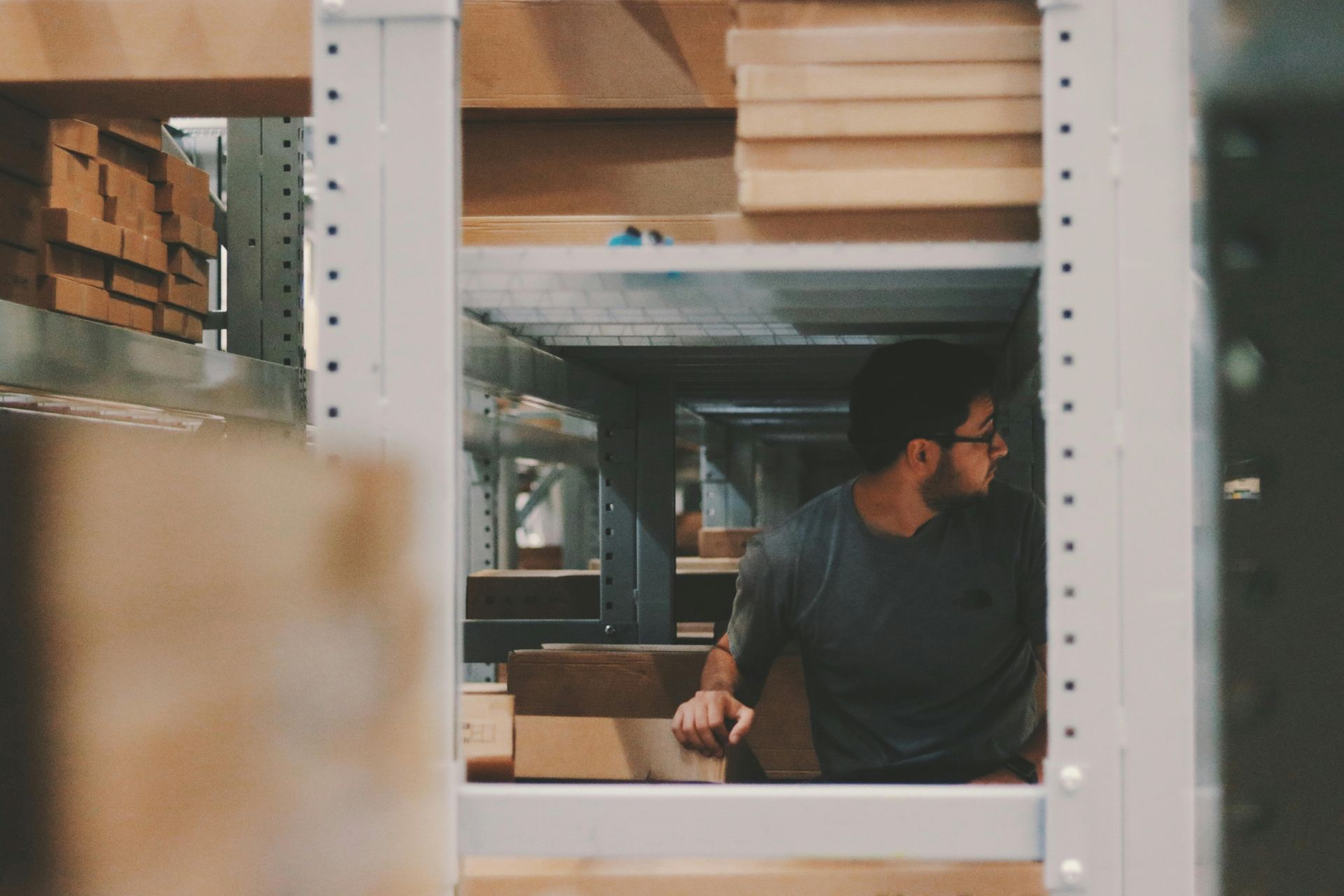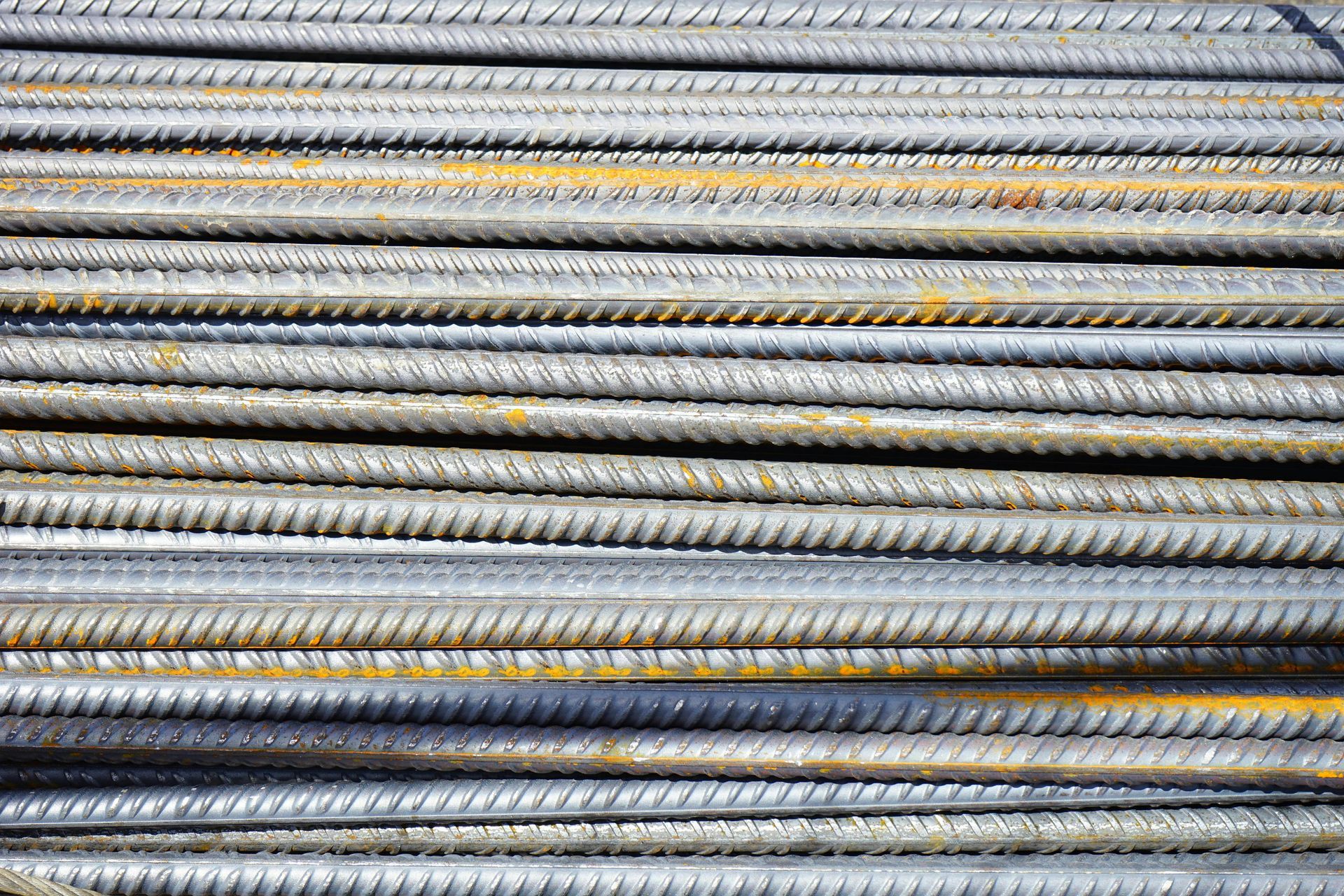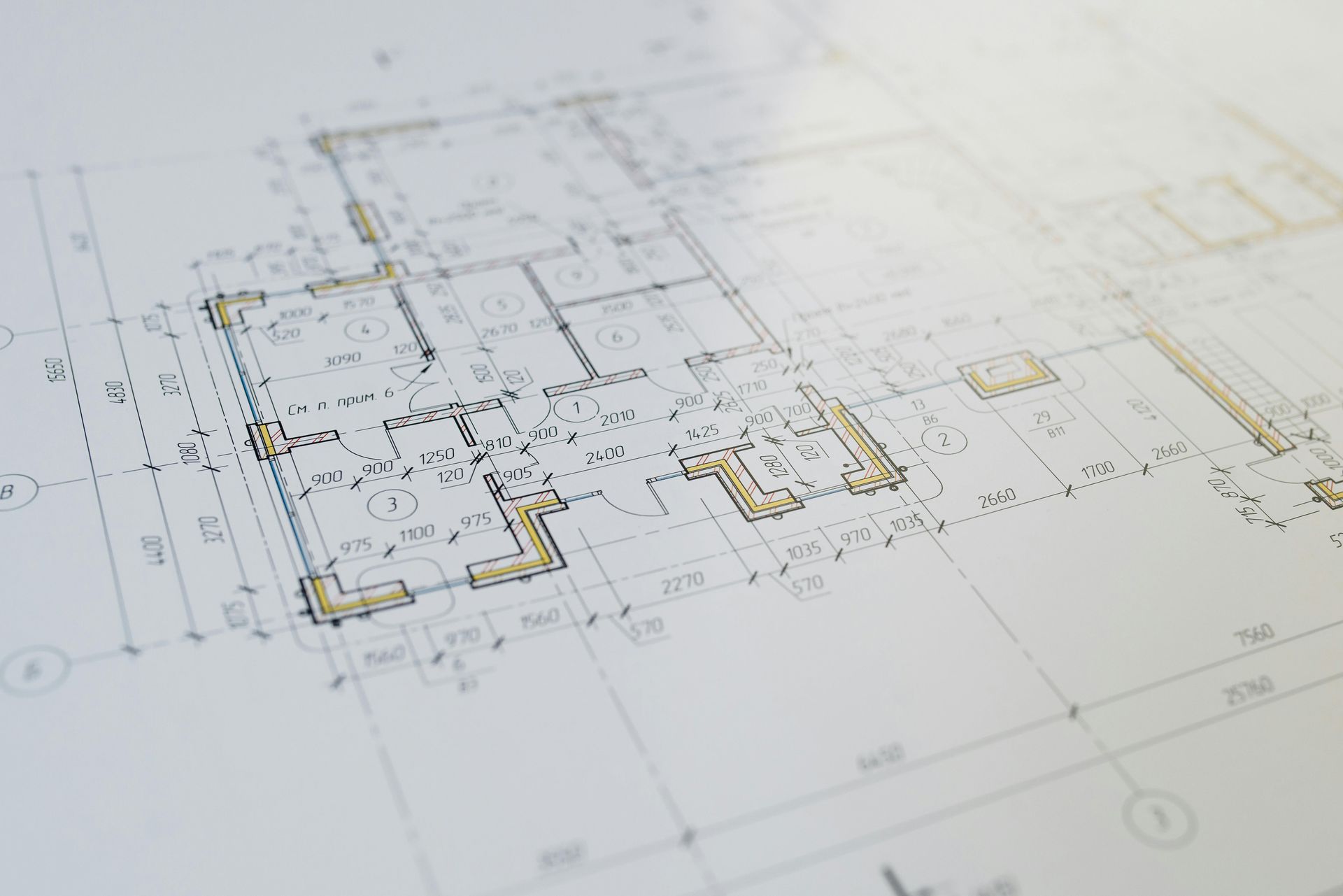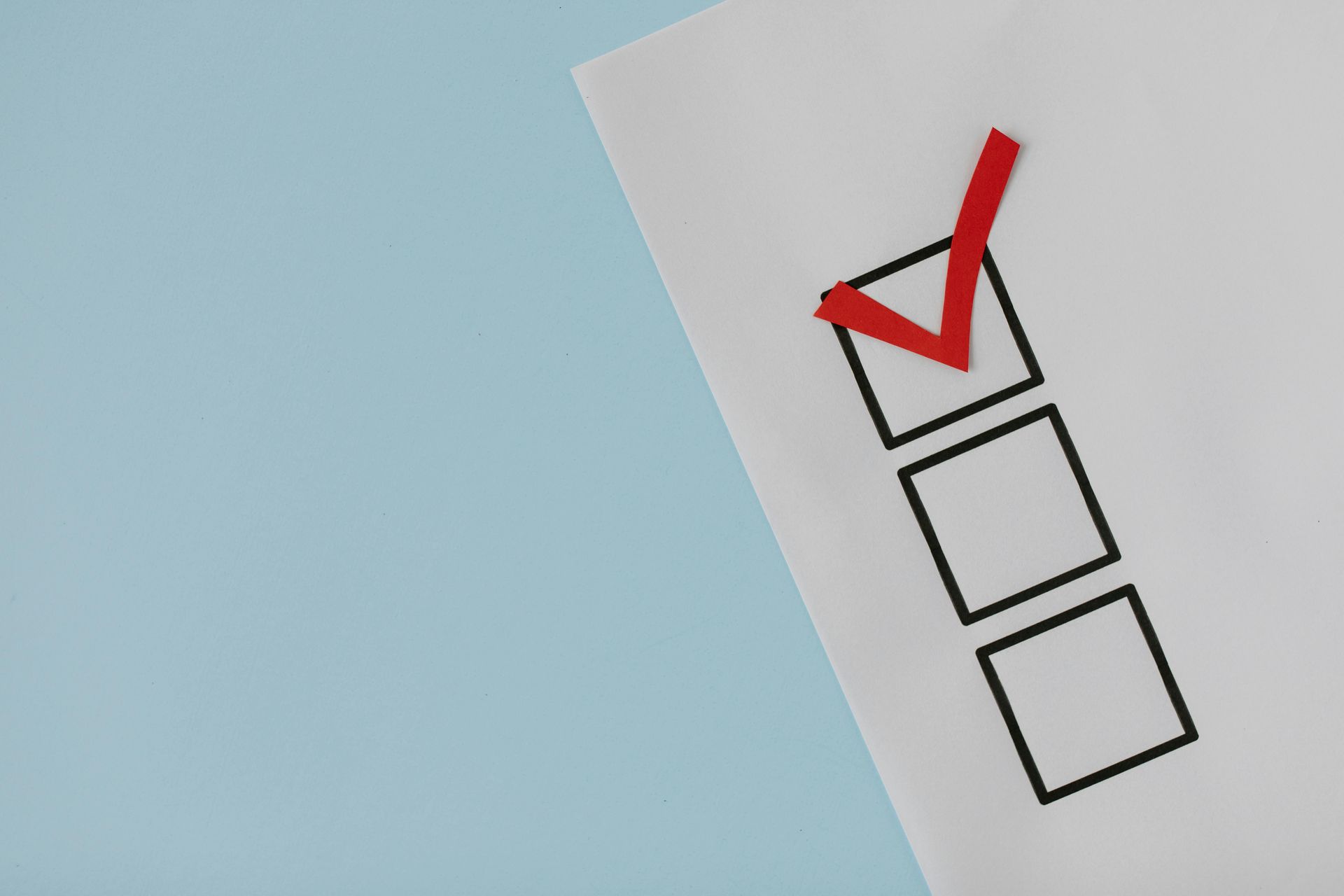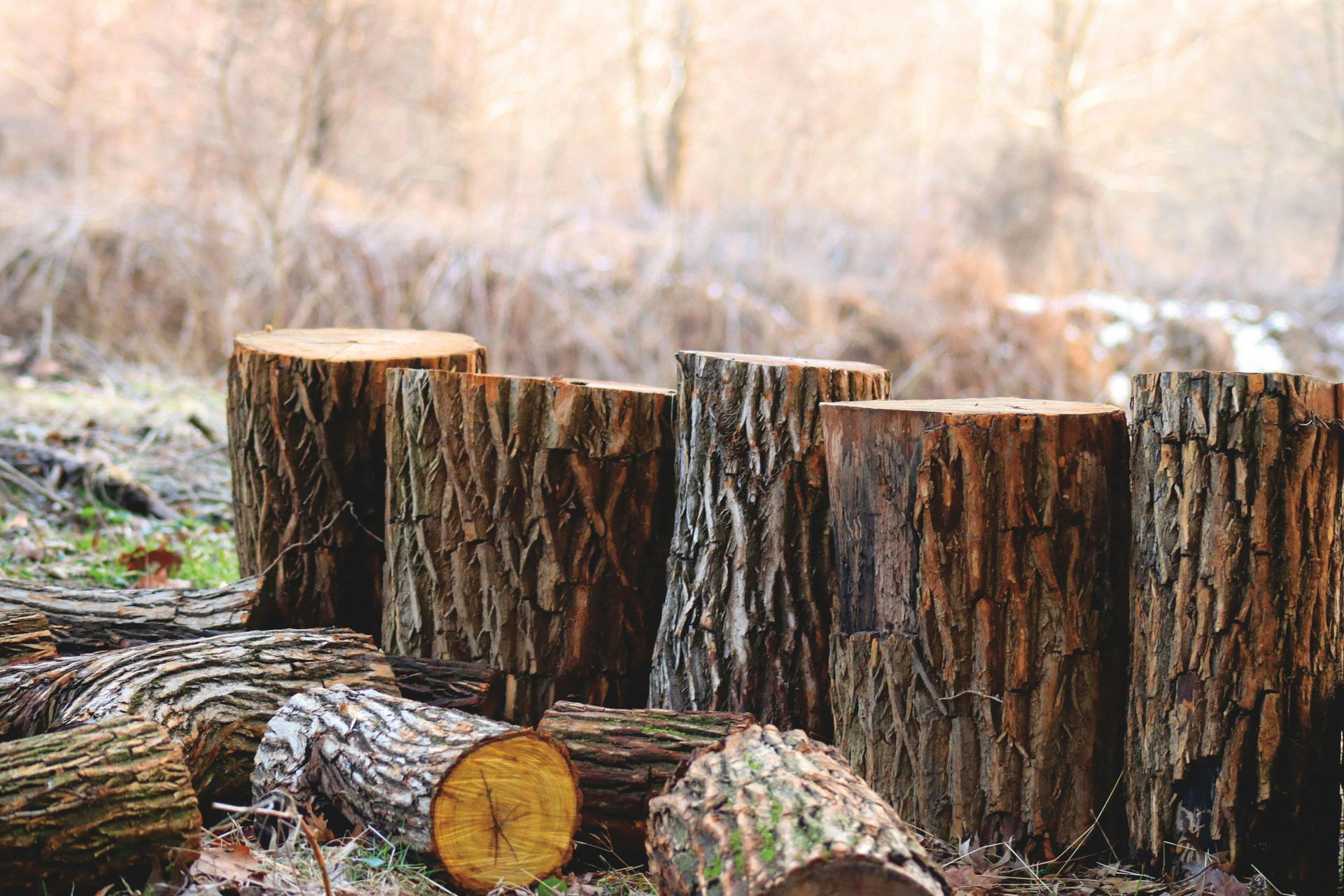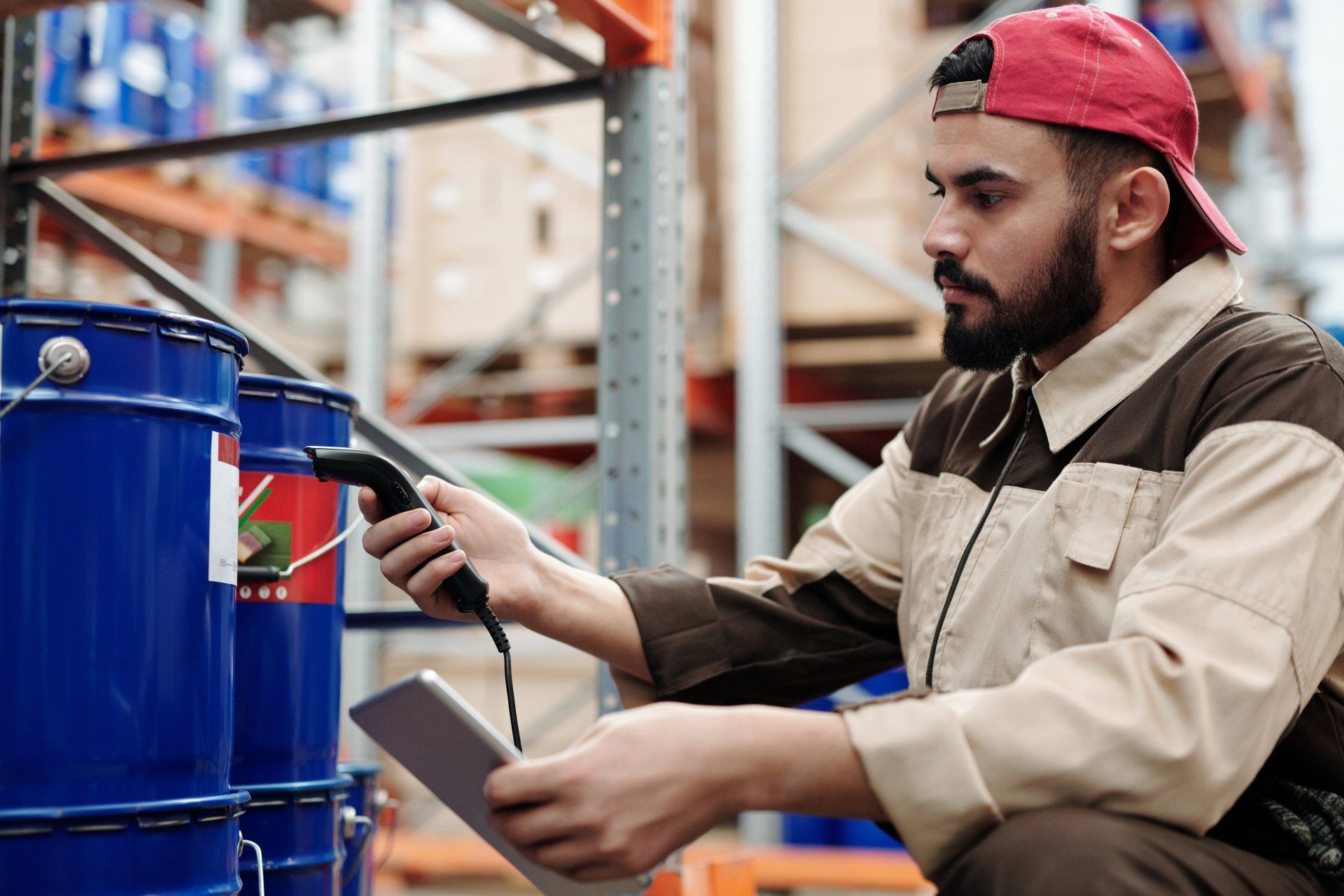Adapting MDUs for Aging in Place: Creating Comfortable and Accessible Living Spaces
As the population ages, the demand for housing that accommodates the unique needs of older adults is growing rapidly. Multiple Dwelling Units (MDUs) offer an ideal opportunity to create environments that support aging in place—allowing residents to live independently for as long as possible. By incorporating thoughtful design features and accessible technologies, developers can create MDUs that provide comfort, safety, and convenience for seniors, while also promoting community engagement and social well-being.
In this blog post, we will explore key design strategies and features that can be implemented in MDUs to support aging in place. These practices can help developers, property managers, and residents create adaptable, age-friendly living environments that meet the needs of an aging population.
Universal Design for Accessibility
Universal design is an approach that focuses on creating spaces that are accessible and usable by people of all ages and abilities. By incorporating universal design principles into MDUs, developers can ensure that units are comfortable and safe for older adults, as well as individuals with mobility challenges.
- Step-Free Entrances: Providing step-free entrances to buildings and individual units is essential for residents with mobility challenges. Ramps, elevators, and wide doorways can make it easier for seniors and individuals using mobility aids, such as walkers or wheelchairs, to access their homes without difficulty.
- Wider Doorways and Hallways: Wider doorways and hallways are important for accessibility, as they allow for easy navigation by individuals using wheelchairs or walkers. Doorways should be at least 36 inches wide, and hallways should be spacious enough to accommodate mobility aids, ensuring that residents can move freely throughout their homes.
- Lever-Style Handles: Replacing traditional doorknobs with lever-style handles can make doors easier to open for individuals with arthritis or limited hand strength. Lever handles are more ergonomic and require less effort to operate, providing a simple but effective way to enhance accessibility.
Safe and Functional Bathroom Design
Bathrooms are one of the most important areas to consider when designing MDUs for aging in place. A well-designed bathroom can help prevent falls and make daily routines easier for older adults.
- Walk-In Showers: Walk-in showers with low or no thresholds are ideal for seniors, as they eliminate the need to step over a high bathtub edge. Including built-in seating and handheld shower heads can further enhance safety and comfort, allowing residents to shower while seated if needed.
- Grab Bars: Installing grab bars in key areas of the bathroom, such as near the toilet and inside the shower, can help prevent falls and provide additional support for residents. Grab bars should be securely anchored and placed at appropriate heights to provide stability when standing or sitting.
- Non-Slip Flooring: Non-slip flooring is essential in bathrooms to reduce the risk of slips and falls. Tiles with textured surfaces or non-slip vinyl flooring can provide better traction, helping to create a safer bathroom environment for residents.
Kitchen Adaptations for Independence
The kitchen is another area that requires careful design to support aging in place. By making thoughtful adaptations, developers can create kitchens that are safe and easy to use for older adults.
- Accessible Countertops and Cabinets: Countertops should be installed at heights that are accessible to individuals who may be seated or have limited reach. Pull-down shelves and lower cabinets with pull-out drawers can make it easier for seniors to access kitchen items without having to reach or bend excessively.
- Lever-Style Faucets: Lever-style faucets are easier to operate than traditional knobs, making them ideal for individuals with limited hand strength or dexterity. Touch less faucets are another option that can enhance convenience and accessibility in the kitchen.
- Appliance Placement: Placing appliances, such as microwaves and ovens, at accessible heights can help reduce the need for bending or reaching. Wall ovens with side-opening doors and refrigerators with bottom-drawer freezers are examples of appliances that can be more accessible for older adults.
Smart Home Technologies for Safety and Convenience
Smart home technologies can play a significant role in supporting aging in place by enhancing safety, convenience, and communication for older adults. Integrating smart technologies into MDUs can help residents live independently while providing peace of mind for their families.
- Smart Lighting: Smart lighting systems can be programmed to turn on automatically when residents enter a room, reducing the risk of falls in dark areas. Motion-sensor lights in hallways and bathrooms can provide additional safety during nighttime hours, ensuring that residents can move around their homes with confidence.
- Voice-Controlled Assistants: Voice-controlled assistants, such as Amazon Alexa or Google Assistant, can help seniors control various aspects of their home, from adjusting the thermostat to playing music or making phone calls. Voice commands are particularly useful for individuals with mobility or vision impairments, as they allow for hands-free operation of smart devices.
- Emergency Alert Systems: Wearable emergency alert devices and smart home systems with emergency response features can provide added security for older adults. These systems can be used to call for help in the event of a fall or medical emergency, ensuring that residents receive timely assistance when needed.
Creating Community Spaces for Social Engagement
Social engagement is an important aspect of aging well, and MDUs can play a key role in fostering a sense of community among residents. By creating shared spaces that encourage social interaction, developers can help combat loneliness and isolation among older adults.
- Community Rooms: Community rooms provide a space for residents to gather, socialize, and participate in activities. These rooms can be used for events, classes, or group activities that promote social interaction and build a sense of community among residents.
- Outdoor Spaces: Outdoor areas, such as gardens, patios, or courtyards, can provide opportunities for residents to spend time outside, enjoy nature, and engage in light physical activity. Benches, walking paths, and shaded seating areas can make outdoor spaces more inviting and accessible for older adults.
- Fitness and Wellness Amenities: Including fitness amenities, such as exercise rooms or yoga studios, can help residents stay active and maintain their physical health. Group exercise classes, tailored to the needs of older adults, can provide opportunities for socialization while promoting overall well-being.
Safety and Security Features
Ensuring the safety and security of residents is a top priority when designing MDUs for aging in place. By incorporating safety features into the building design, developers can help residents feel more secure in their homes.
- Secure Entry Systems: Secure entry systems, such as keyless entry or video intercoms, can help prevent unauthorized access to the building while making it easier for residents to enter without fumbling for keys. Video intercoms also allow residents to see who is at the door before granting access, providing added peace of mind.
- Surveillance Cameras: Installing surveillance cameras in common areas, such as entrances, hallways, and parking garages, can enhance security and deter potential intruders. Visible security cameras can also provide reassurance to residents and their families that the building is being monitored.
- Fire Safety: Fire safety is especially important for older adults, who may have limited mobility. Smoke detectors, sprinkler systems, and clearly marked fire exits are essential safety features. In addition, providing emergency lighting and evacuation plans can help ensure that residents can safely exit the building in case of an emergency.
Flexible Floor Plans for Adaptability
As residents age, their needs may change, and their living spaces should be able to adapt accordingly. Flexible floor plans can help ensure that MDUs remain functional and comfortable for residents as their mobility and health needs evolve.
- Open Floor Plans: Open floor plans can make it easier for residents to move around their homes, especially if they use mobility aids such as walkers or wheelchairs. Removing unnecessary walls and barriers can create a more spacious and accessible environment.
- Easily Modifiable Features: Including features that can be easily modified, such as removable cabinets under sinks or adjustable closet shelving, can help residents adapt their living spaces to meet their changing needs. This flexibility can help residents maintain their independence and continue living comfortably in their homes.
- Multi-Functional Spaces: Designing multi-functional spaces that can serve different purposes over time can also enhance the adaptability of MDUs. For example, a spare bedroom could be used as a home office, a hobby room, or a caregiver's space if needed in the future.
Creating Age-Friendly MDUs for a Growing Population
As the population ages, the need for housing that supports aging in place will continue to grow. By incorporating universal design principles, accessible technologies, and community-focused amenities, developers can create MDUs that provide a safe, comfortable, and engaging environment for older adults.
Designing MDUs for aging in place is not just about meeting the physical needs of residents—it's also about fostering a sense of community, promoting independence, and enhancing quality of life. By creating adaptable, age-friendly living spaces, developers can help ensure that residents can continue to live independently and comfortably as they age.
By adopting these design practices, developers can create MDUs that are well-suited to the needs of an aging population, providing a supportive and sustainable environment for residents to thrive. Aging in place is about more than just staying in one's home—it's about living well, staying connected, and enjoying a high quality of life throughout the aging process.

